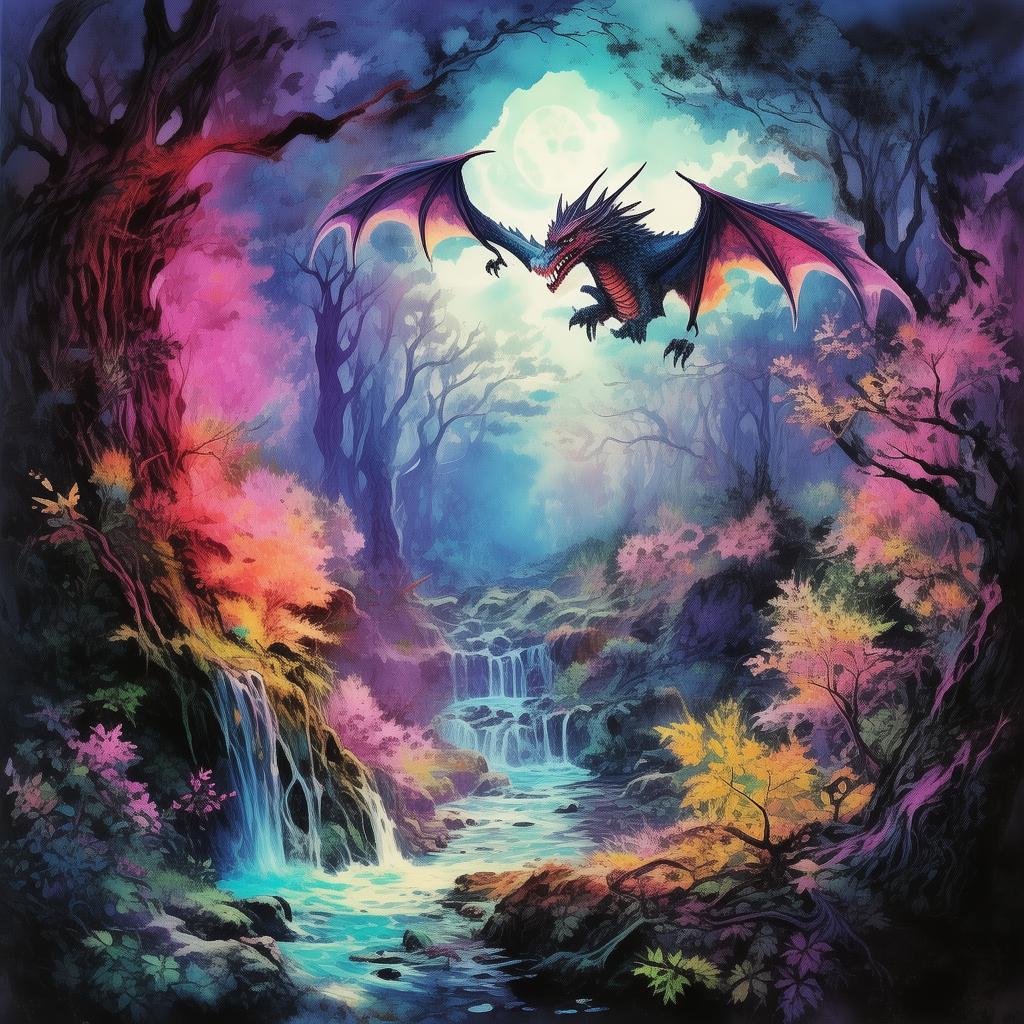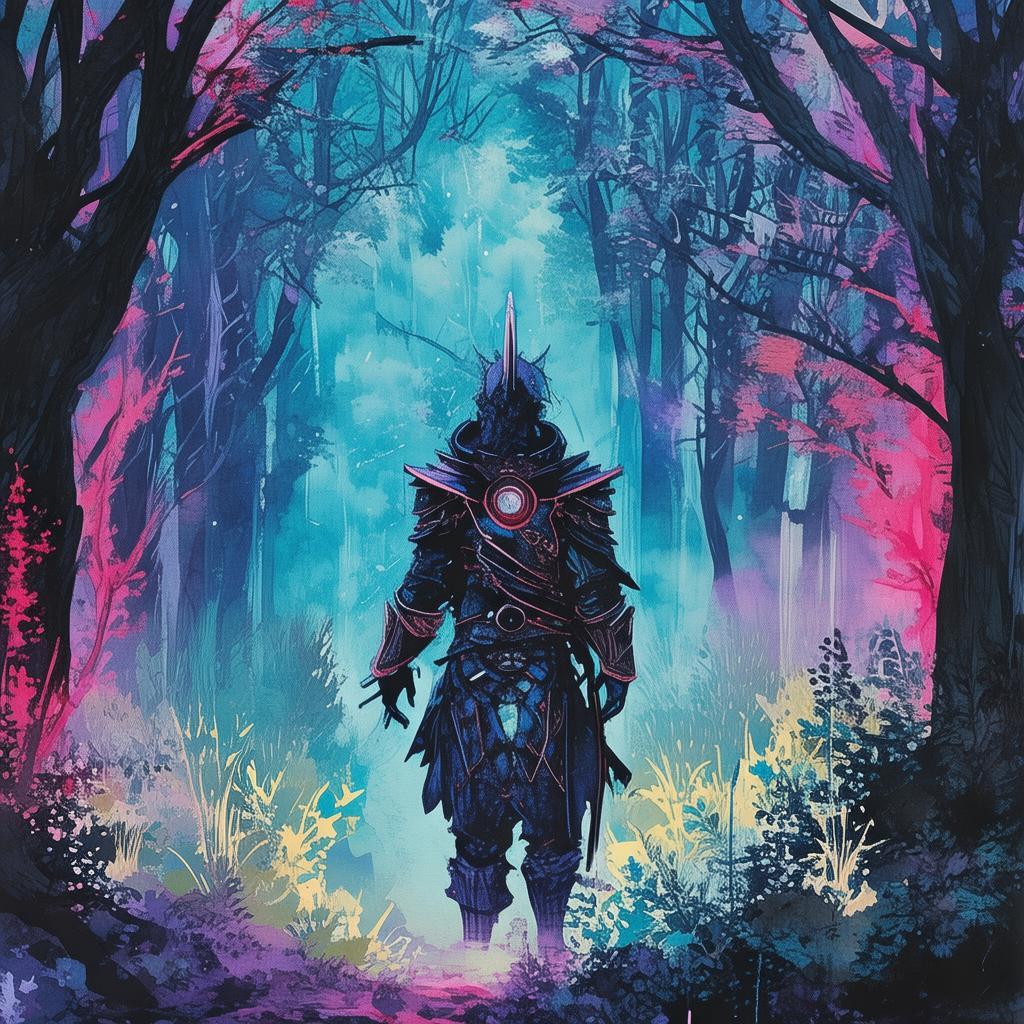The Sichuan Chef's Red Chili Conundrum: A Culinary Odyssey
In the heart of Chengdu, a bustling metropolis known for its rich culinary traditions, there lived a master chef named Li Ming. His restaurant, "Flavors of Sichuan," was a beacon for food enthusiasts from across the world, renowned for its fiery dishes and intricate flavors. However, a mysterious conundrum threatened to tarnish the restaurant's reputation and bring Li Ming to his culinary knees.
The story began on an ordinary morning when Li Ming was in the midst of preparing a special banquet for a group of distinguished guests. As he meticulously chopped and seasoned his ingredients, a familiar hand reached out and handed him a recipe that had been in his family for generations. It was the recipe for the famous "Buddha Jumps Over the Wall," a dish that promised to leave a lasting impression on anyone who dared to taste it.

Li Ming had always been a guardian of his family's culinary secrets, passing down the recipes to only a few select individuals. But today, as he looked at the recipe, something was missing—a single ingredient that held the essence of his heritage: the legendary Red Chili. It was a chili so rare and potent that it could make a dish dance on one's tongue, leaving a trail of fire that lingered for hours.
Desperate to find the missing ingredient, Li Ming called his trusted chef, Xiao Mei. "We have a problem," he said, his voice tinged with urgency. "The Red Chili is missing. Without it, the Buddha Jumps Over the Wall will be nothing but a hollow shell."
Xiao Mei, a young chef with a passion for tradition, nodded gravely. "We must find it," she replied. "But how? The Red Chili has been lost for decades. No one knows where it could be."
The two chefs set off on a culinary odyssey that took them from the bustling markets of Chengdu to the remote hills of Sichuan. They sought the wisdom of elderly cooks, delved into ancient texts, and even ventured into forbidden lands, all in the hope of finding the fabled Red Chili.
As they traveled, they encountered various challenges. A local chef, driven by jealousy, tried to sabotage their quest, believing that if the Red Chili fell into the wrong hands, it would undermine his own culinary empire. There were also whispers of a secret society that guarded the chili, a group so shadowy that even the most seasoned travelers had never seen their faces.
Through a series of twists and turns, Li Ming and Xiao Mei learned that the Red Chili was not just a culinary ingredient; it was a symbol of their heritage and a link to their ancestors. The chili had been hidden away as a way to preserve the purity of the family's tradition and to ensure that their art would never be lost.
The climax of their journey came when they stumbled upon an ancient temple, nestled in a secluded valley. Inside, they found a hidden room filled with artifacts, including the Red Chili. It was encased in a glass jar, its surface shimmering with a deep, fiery red that seemed to pulse with life.
Li Ming and Xiao Mei carefully extracted the chili, their hearts pounding with a mix of excitement and trepidation. As they left the temple, they were confronted by the head of the secret society, a man who had been watching their every move.
"Why do you seek the Red Chili?" the man asked, his voice echoing with the weight of centuries.
Li Ming stepped forward, his eyes gleaming with determination. "We seek to honor our heritage, to ensure that the art of Sichuan cuisine lives on for generations to come."
The man nodded, his face softened. "Then you have my blessing. But remember, the true power of the Red Chili lies not in its heat, but in the respect and tradition it represents."
With the Red Chili in hand, Li Ming and Xiao Mei returned to Chengdu, their quest complete. The banquet was a resounding success, and the Buddha Jumps Over the Wall was as fiery and unforgettable as ever. But more importantly, the story of the Red Chili had been preserved, a testament to the enduring spirit of a culinary tradition that would never be forgotten.
In the end, Li Ming and Xiao Mei realized that the Red Chili was not just an ingredient—it was a symbol of their family's journey, a reminder that the true essence of a dish lies in the love, respect, and dedication of those who prepare it.
✨ Original Statement ✨
All articles published on this website (including but not limited to text, images, videos, and other content) are original or authorized for reposting and are protected by relevant laws. Without the explicit written permission of this website, no individual or organization may copy, modify, repost, or use the content for commercial purposes.
If you need to quote or cooperate, please contact this site for authorization. We reserve the right to pursue legal responsibility for any unauthorized use.
Hereby declared.









